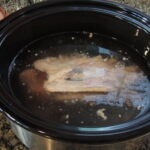As you probably know by now, we are big advocates of eating seasonally. Doing so supports local growers and encourages you to try new things as the seasons change. You may think there are no fruits and vegetables out there in the winter months, but we are here to share some of the best options for this time of year.
- Cabbage – Cabbage might not be the most “glamorous” vegetable out there but it is still one of our favorites. We often serve a slice of cabbage with a drizzle of oil and vinegar and/or sprinkled with salt and pepper as a delicious vegetable side for a family dinner. Cabbage can be added to soups, sauces and other dishes for nutritional benefits and flavor. Do a search on our website for cabbage and you’ll find it in many of our recipes. See Colcannon, Roasted Cabbage Wedges, and Mango Coleslaw for some or our favorites.
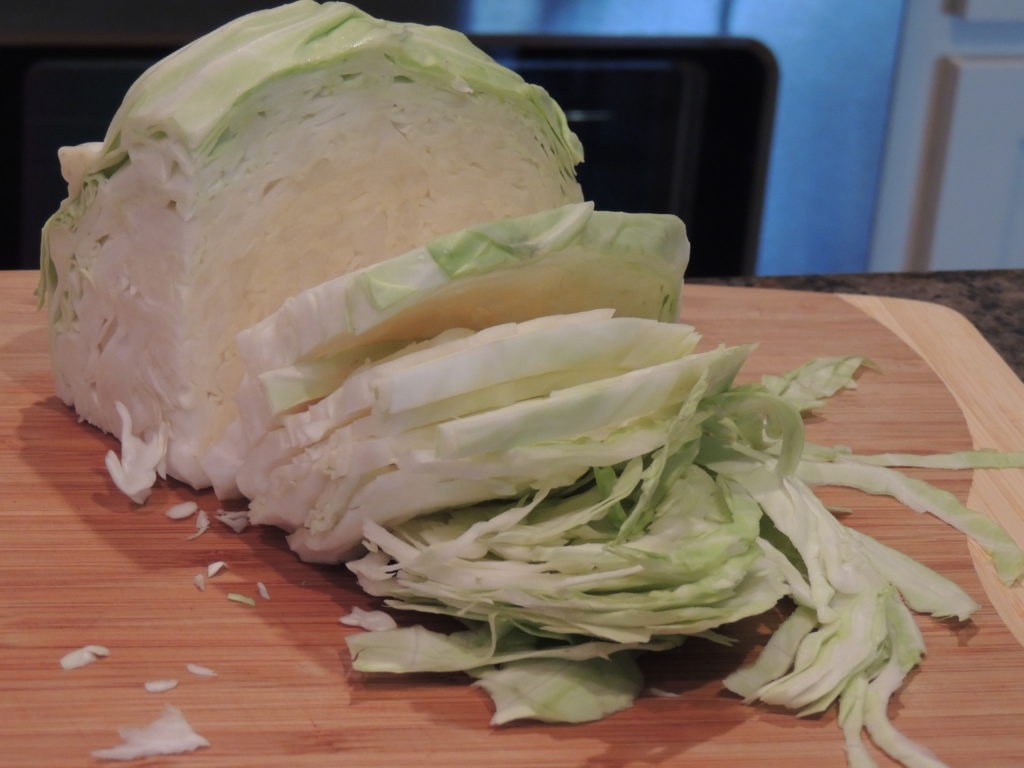
- Brussels Sprouts – We have a special place in our hearts for Brussels sprouts. It’s easy to incorporate them into roasted vegetables or as an accompaniment to a variety of meals. While Brussels sprouts are a winter vegetable, we honestly eat them all year long! The flavor sweetens and mellows by roasting them. Learn how in our post, How to Roast Vegetables.
- Beets – These delicious vegetables are such a treat during the winter months! There are numerous varieties of beets, although you are probably most familiar with red and golden beets. Roast them per our above post, and serve them on top of a salad. These hearty vegetables are also a colorful addition to Mixed Vegetables and Rice as long as you cook them separately and sprinkle them on top. They tend to color everything red (unless you’re using the golden ones of course). Add a small piece to your smoothie or juice if you own a juicer. And don’t forget about the greens either! They can be cooked like any other leafy green or added to a salad for some extra flavor, as long as they’re fresh and not wilted. We like to chop the greens and freeze them to use in making vegetable or chicken broth later.
- Parsnips – Poor parsnips! They, along with other root vegetables like turnips and rutabagas, do not get the attention they deserve. All root vegetables are excellent when roasted. You can also boil or steam them, then mash them alone or mixed in with potatoes for a warm side dish during the colder months. All root vegetables make a healthful and hearty addition to winter soups as well.
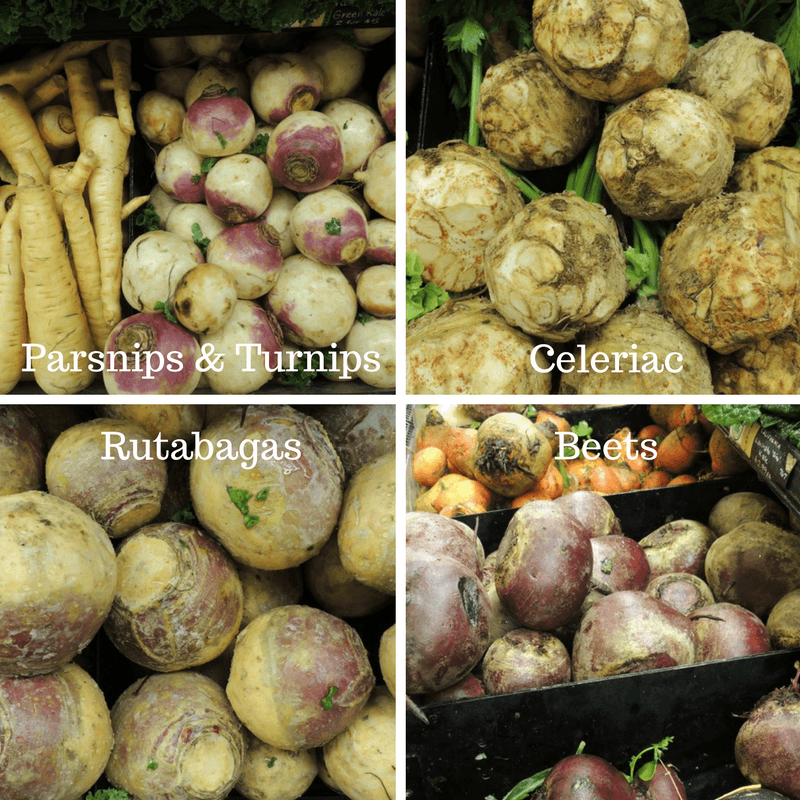
- Fennel – Fennel has a slight licorice taste and can provide exceptional flavor to a meal, simply braised or raw in a salad. Try it with cabbage and apples in Apple, Cabbage, and Fennel Slaw. One of our favorite variations on Asian Pear Salad is to add fennel instead of (or in addition to) the pear.
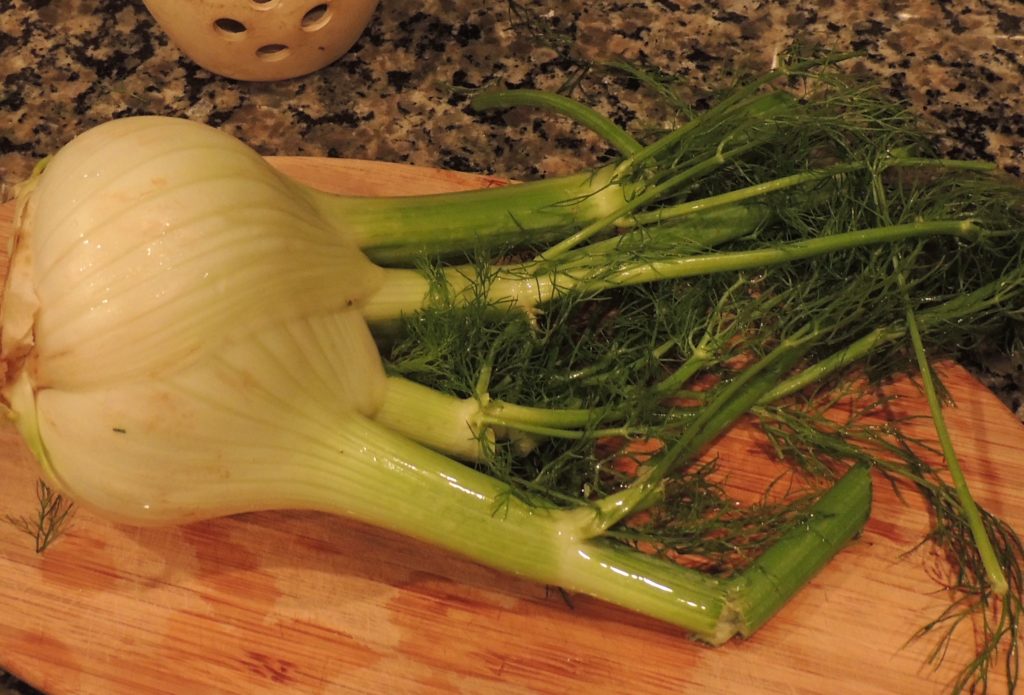
- Potatoes – Let’s not forget the lowly potato. Both white and sweet potatoes are a warm addition to your dinner plate. We like to roast tiny baby potatoes, which take less time than baking a large one. You’ll see on our website that we have many interesting dishes with sweet potatoes, like Poached Eggs over Sweet Potato Fries, Sweet Potato and Kale Casserole, and Lentil Shepherdless Pie.
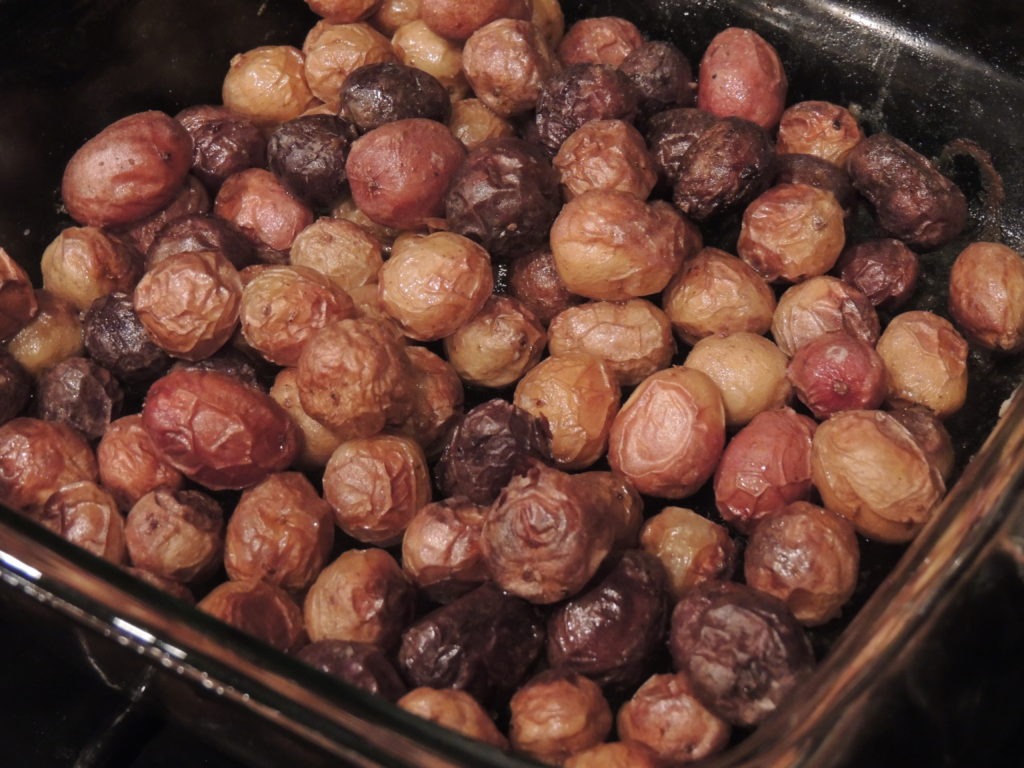
- Pomegranate – Aren’t pomegranates the most fun fruit? We like to add the arils (pomegranate seeds) to salads, entrées, and desserts alike. And don’t forget breakfast! They’re good in oatmeal, our favorite Acai Bowl, and smoothies.
- Apples – Fall apples store well and can be enjoyed all winter, too. Want a warm and nutritious dessert? Try Baked Apples.
- Citrus – Citrus is a common winter fruit especially in southern regions, like Florida! Although available just about any time of the year, citrus tastes best during the winter season, and they’re a good source of vitamin C. There are so many ways to enjoy citrus, from salads to desserts to breakfast. Think outside the glass of orange juice in the morning. Don’t believe us? Give our Honey Orange Gingerbread, Kale Salad with Avocado Orange Dressing, or Orange Kohlrabi Salad a try and see if we can change your mind! Of course, a glass of fresh squeezed orange juice is still a winner!
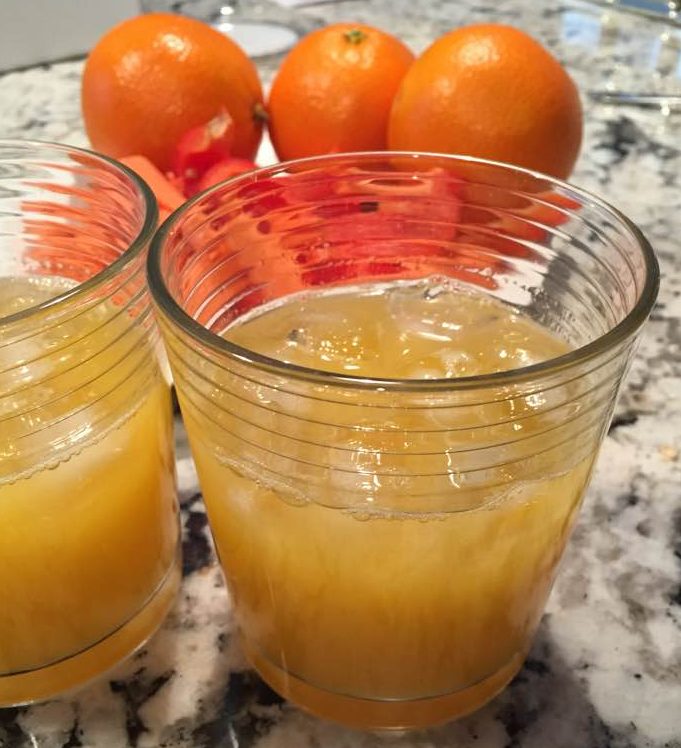
What are your favorite winter fruits and veggies? Let us know in the comments!

